Featured
Renault Unveils Revamped 4 Electric Crossover Ahead of Paris Motor Show
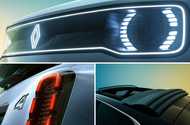
Round lights and boxy lines from the 4Ever concept remain on the production carMore versatile sibling of the new Renault 5 electric hatchback will be unveiled at the Paris motor show
Renault has revealed the first images of the revived 4 ahead of its unveiling at the Paris motor show later this month.
The teaser pictures confirm the electric crossover will keep much of the styling cues previewed on the 4Ever Trophy concept in 2022, including its striking light-up oblong grille and three-part tail-lights.
The new images also confirm the 4 will be offered with an optional retractable fabric roof, and it will also be the first Renault to feature a backlit front emblem.
Nods to its 1961 namesake include a roof-mounted mini spoiler, trapezoidal quarter rear windows, vertical overriders on the bumper and three lines sculpted along the door sills.
This 4 follows the smaller and technically identical Renault 5, which was revealed in production guise at the Geneva motor show earlier this year with a design that remained faithful to the 5 concept of 2021.
Renault has positioned the 4 as a taller and wider alternative to the 5, in the hopes of capturing a share of the ever-popular compact crossover market. At 4.14 metres long, it's a similar size to the Vauxhall Mokka.

Late prototypes spotted testing on public roads (pictured below) show the production 4 also keeps the 4Ever Trophy concept’s boxy dimensions.
Notably, the prototypes appear to represent the bookends of the 4 line-up. One is a basic hatchback riding on steel wheels, while the other is a higher-riding crossover fitted with alloys, roof rails and prominent U-shaped body cladding along its flanks.
It’s possible that the more aggressive car is a special edition inspired by the 4Ever, which itself drew on the modified 4s that compete in the annual 4L Trophy rally.
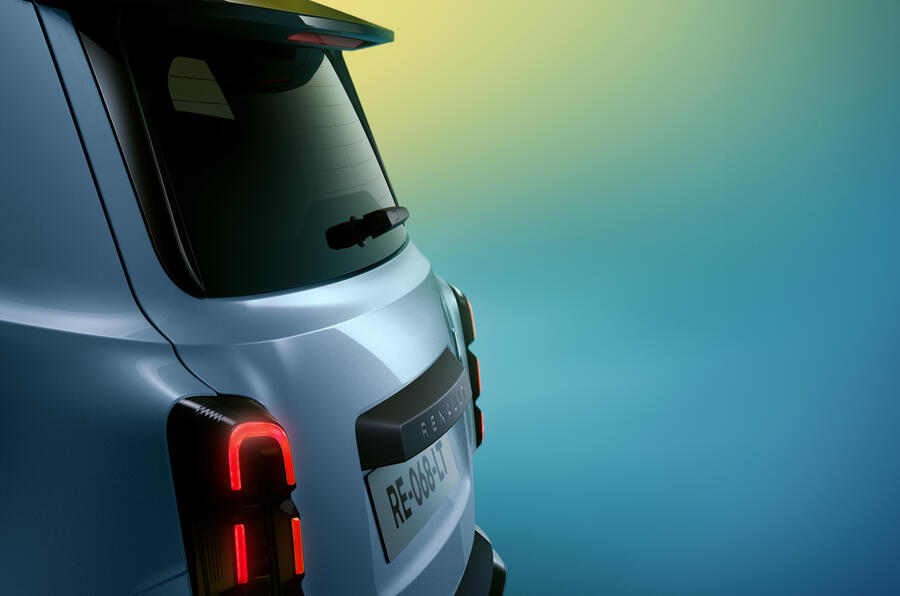
The 4 will share the Renault Group’s Ampr Small EV platform with the 5. The two EVs are even set to have the same 2.54m wheelbase.
It's expected to offer the 5’s three single-motor, front-wheel-drive powertrains with outputs of 94bhp, 121bhp and 148bhp, as well as its 40kWh and 52kWh battery packs.
As previously reported by Autocar, however, the Ampr Small platform’s multi-link rear axle can accommodate a second motor, paving the way for a four-wheel-drive variant of the 4.
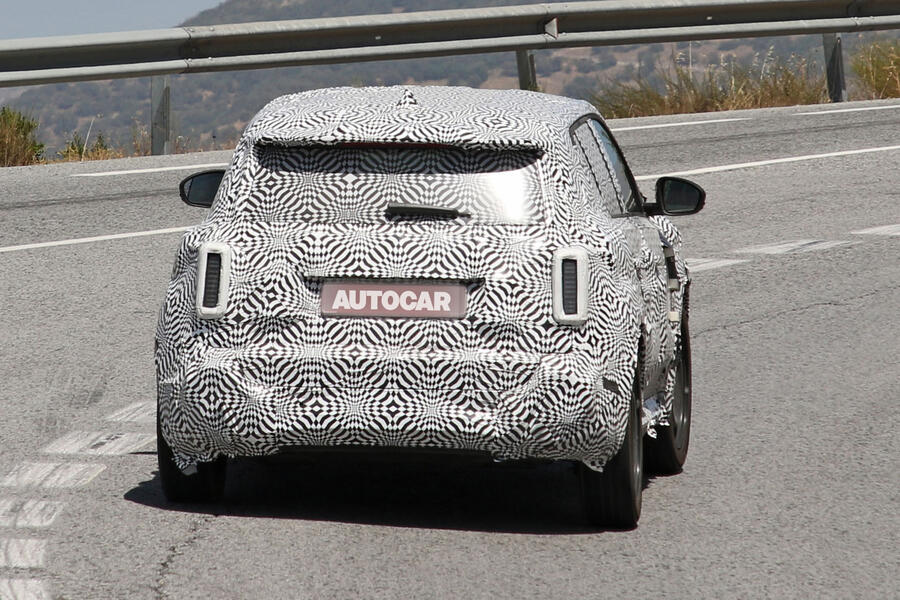
Vittorio d’Arienzo, chief engineer of the Renault Group’s small EVs, told Autocar that the 4 would also be tuned to have a distinct character from the 5.
It will trade a tad more body roll for a more compliant ride, he said, although the “funny French” wheel travel offered by the original 4 won’t be present.
Images of previous prototypes reveal that the 4’s interior will feature the same dual-screen infotainment set-up as the 5, but it’s likely to receive a different dashboard design, taking inspiration from its forebear.
Production of the 4 is expected to start next summer at Renault’s ElectriCity hub in northern France, following the start of customer deliveries of the 5.
Thereafter, Renault will work on its next retro revival: the new Twingo, a sub-£17,000 EV due in 2026.
Governor Newsom Vetoes Speed Assistance Bill for California Vehicles

California Governor Gavin Newsom vetoed SB-961 on Saturday. If the bill had been signed into law, it would have required every vehicle built, sold, or leased in the state to be equipped with a passive intelligent speed assistance system by the 2030 model year. The bill defined such systems as a warning if a driver…

Renault Unveils the New 4: A Modern Take on a Classic Electric Crossover
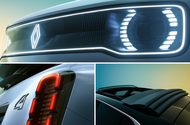
Round lights and boxy lines from the 4Ever concept remain on the production carMore versatile sibling of the new Renault 5 electric hatchback will be unveiled at the Paris motor show
Renault has revealed the first images of the revived 4 ahead of its unveiling at the Paris motor show later this month.
The teaser pictures confirm the electric crossover will keep much of the styling cues previewed on the 4Ever Trophy concept in 2022, including its striking light-up oblong grille and three-part tail-lights.
The new images also confirm the 4 will be offered with an optional retractable fabric roof, and it will also be the first Renault to feature a backlit front emblem.
Nods to its 1961 namesake include a roof-mounted mini spoiler, trapezoidal quarter rear windows, vertical overriders on the bumper and three lines sculpted along the door sills.
This 4 follows the smaller and technically identical Renault 5, which was revealed in production guise at the Geneva motor show earlier this year with a design that remained faithful to the 5 concept of 2021.
Renault has positioned the 4 as a taller and wider alternative to the 5, in the hopes of capturing a share of the ever-popular compact crossover market. At 4.14 metres long, it's a similar size to the Vauxhall Mokka.
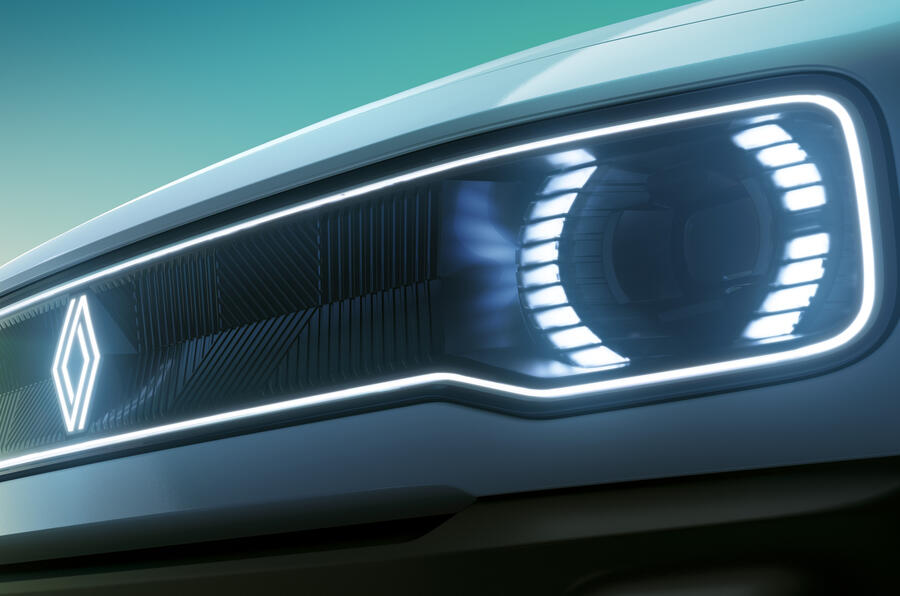
Late prototypes spotted testing on public roads (pictured below) show the production 4 also keeps the 4Ever Trophy concept’s boxy dimensions.
Notably, the prototypes appear to represent the bookends of the 4 line-up. One is a basic hatchback riding on steel wheels, while the other is a higher-riding crossover fitted with alloys, roof rails and prominent U-shaped body cladding along its flanks.
It’s possible that the more aggressive car is a special edition inspired by the 4Ever, which itself drew on the modified 4s that compete in the annual 4L Trophy rally.
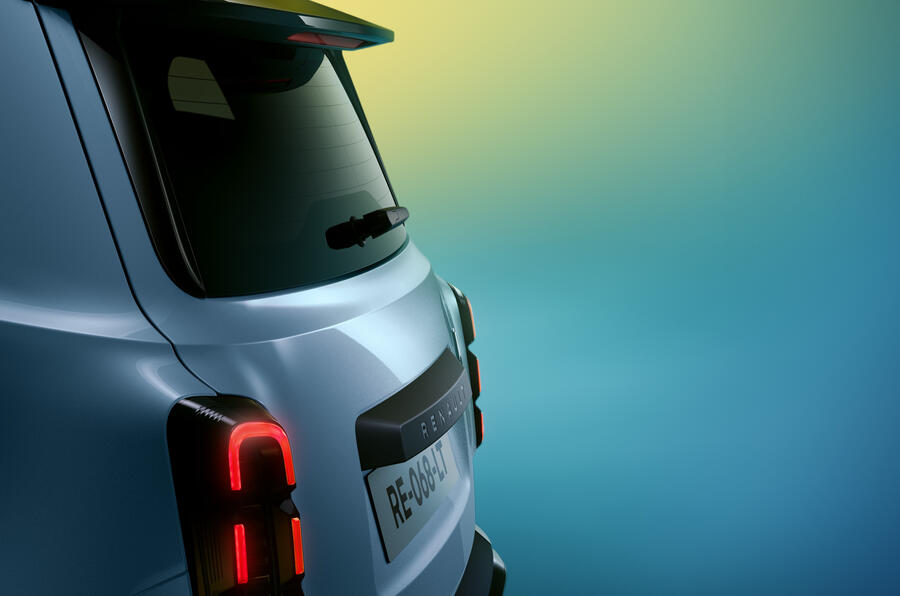
The 4 will share the Renault Group’s Ampr Small EV platform with the 5. The two EVs are even set to have the same 2.54m wheelbase.
It's expected to offer the 5’s three single-motor, front-wheel-drive powertrains with outputs of 94bhp, 121bhp and 148bhp, as well as its 40kWh and 52kWh battery packs.
As previously reported by Autocar, however, the Ampr Small platform’s multi-link rear axle can accommodate a second motor, paving the way for a four-wheel-drive variant of the 4.

Vittorio d’Arienzo, chief engineer of the Renault Group’s small EVs, told Autocar that the 4 would also be tuned to have a distinct character from the 5.
It will trade a tad more body roll for a more compliant ride, he said, although the “funny French” wheel travel offered by the original 4 won’t be present.
Images of previous prototypes reveal that the 4’s interior will feature the same dual-screen infotainment set-up as the 5, but it’s likely to receive a different dashboard design, taking inspiration from its forebear.
Production of the 4 is expected to start next summer at Renault’s ElectriCity hub in northern France, following the start of customer deliveries of the 5.
Thereafter, Renault will work on its next retro revival: the new Twingo, a sub-£17,000 EV due in 2026.
Remembering Bruno Sacco: The Visionary Behind Mercedes-Benz’s Timeless Designs
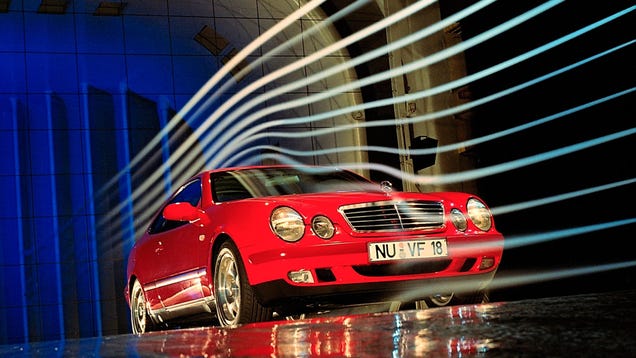
The Italian design legend who helped shape Mercedes-Benz automobiles from the 1950s through the 2000s, Bruno Sacco, died last week at age 90. He helped usher in an era of iconic and stately designs which Mercedes-Benz quite clearly no longer employs. He wanted to ensure that his designs did not age, and he largely…

Mercedes-AMG’s Electric Supercar: A Bold Leap into the Future of Performance
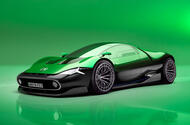
New electric supercar is considered a key part of Mercedes-AMG's futureRetro-inspired supercar will fly the flag for AMG's battery-powered future
Mercedes-AMG is hatching plans for a spectacular electric supercar that will launch the performance brand into the EV age.
The new performance halo model was previewed by last year’s retro-inspired Vision One-Eleven concept, and it is described as a “brand-defining successor to the SLS Electric Drive”, the 730bhp quad-motor EV that was launched in 2013 and which cost £333,000. But while that car was limited to just nine examples, the new AMG supercar is planned for significantly higher production numbers when it arrives later this decade.
Making its flagship less of an exclusive offering is central to AMG’s evolving electrification strategy. It has already launched powered-up versions of the EQE, EQE SUV, EQS and EQS SUV, with specific motors and battery technology separate from those of their standard siblings.
The new electric supercar is considered a key part of Mercedes-AMG’s future, despite CEO Michael Schiebe moving to extend the life of some of AMG’s more profitable combustion-engined models amid slower than expected sales of its EVs.
However, Schiebe leaves little doubt about the company’s ultimate trajectory, telling Autocar: “It’s clear that we are going all-electric.”
The new supercar will be charged with cementing AMG’s performance credentials as it switches from high-output combustion engines to electric power. Autocar understands it is likely to outpace the 1049bhp Mercedes-AMG One, whose Formula 1-derived, V6/electric hybrid set-up is good for 0-62mph in 2.9sec and 0-186mph in 15.6sec.
Despite being tipped for higher production numbers than the SLS Electric Drive, the forthcoming supercar will be priced well above the new £160k AMG GT and is likely to take the brand into exclusive territory, competing with the Porsche Mission X and Alfa Romeo 33 supercars.
The production version of the Vision One-Eleven – itself inspired by Mercedes’ experimental C111 supercars from the 1970s – is set to use the AMG.EA architecture, which has been engineered specifically for AMG’s electric models. The platform is modular in its design, with varying lengths, wheelbases and track widths making it suitable for a wide range of models.
The upcoming production version of the Vision AMG – a four-door replacement for today’s GT 4-Door Coupé that is due to be revealed next year – will be the first new model to use it.
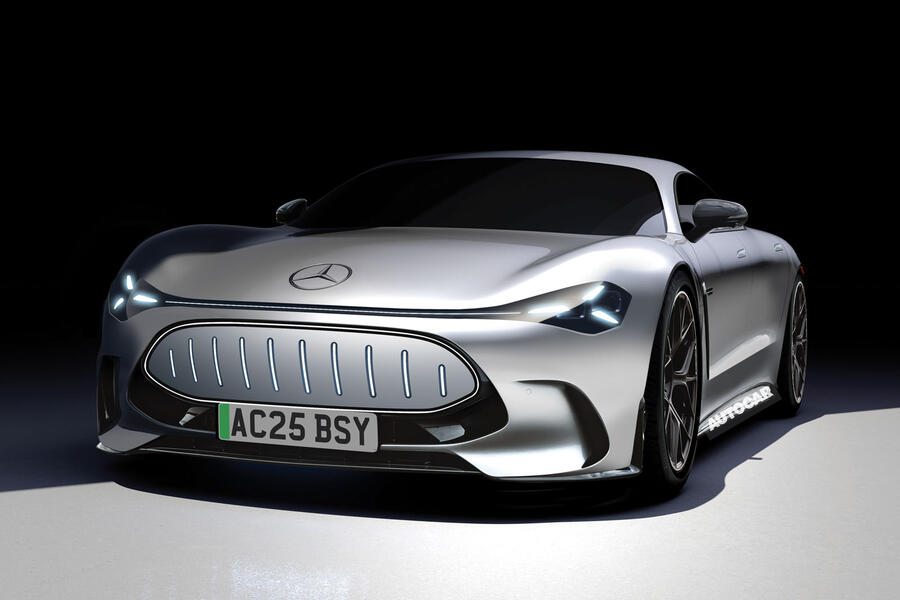
Like that car, the new supercar will use an 800V electric architecture and a new cylindrical-cell lithium-ion battery featuring silicon-anode developments from US battery specialist Sila.
Power will come from high-revving axial flux electric motors. To be used first in the electric GT 4-Door, they were originally developed by Yasa, before the British-based company was bought by Mercedes-Benz in 2021. Since then, the motors have been further advanced by a team of engineers from both Yasa and Mercedes-AMG.
With a highly compact disc shape that allows them to be packaged in small spaces, they are roughly half the size and half the weight of the conventional synchronous and asynchronous electric motors employed by the AMG-fettled EVs currently on sale.
Schiebe sees the axial-flux motor as a defining technical aspect of future electric AMG models, in the same way AMG’s various V8 petrol engines have been over the years.
“Customers who came to the brand because of the V8 did not come because they just wanted to have a big engine,” said Schiebe.
“They came because they loved the technology that we put into the car. So when it comes to electric driving, I’m pretty sure they will jump into that new technology because it will be the latest and greatest that you can get.”
Yasa’s axial-flux electric motors have already featured in the plug-in hybrid systems in the 986bhp Ferrari SF90 Stradale and the 1479bhp-plus Koenigsegg Regera.
Yasa officials have revealed that the patented electric motor to be used by AMG offers more than twice the power of Yasa’s existing electric motors on a power-to-weight basis: up to 489bhp and 590lb ft, with a weight of just 24kg.
They also revealed that a number of different drivetrain layouts have been developed, including a single- front and twin-motor rear set-up as well as a quad-motor arrangement with two front and two rear units. Depending on the layout, this confirms the next generation of electric AMG models will have a significant increase in power and performance over that of those models on sale today.
Production of AMG’s axial-flux motors will take place at Mercedes’ Berlin-Marienfelde plant, starting next year. However, Schiebe said AMG will not abandon its ‘one man, one engine’ philosophy, adding: “This is part of our DNA. We will have something in the future which is comparable to ‘one man, one engine’, and it will not be just a marketing effort.”
